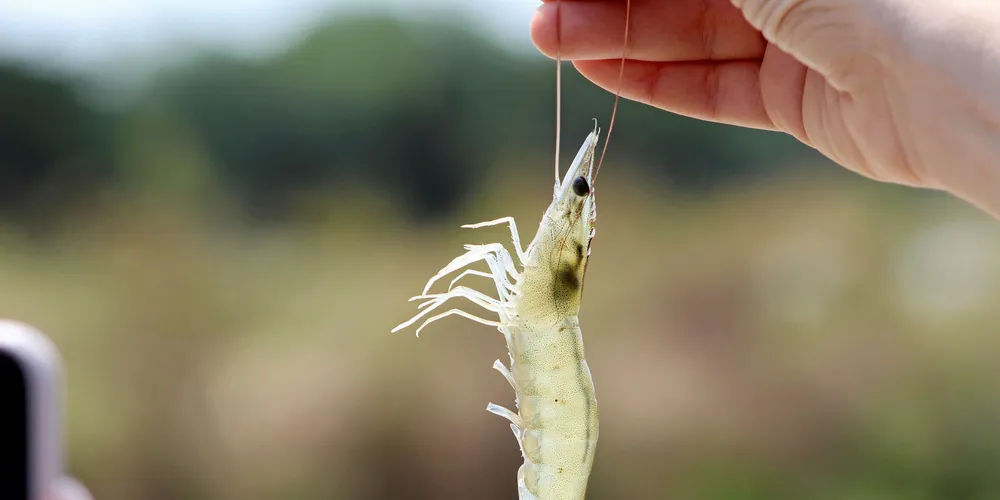Biomin Aqua Days: The good, the harmless and the ugly
Experts discuss the latest developments in alternative feed solutions, disease mitigation and immunity during the two day event.

Experts discuss the latest developments in alternative feed solutions, disease mitigation and immunity during the two day event.
